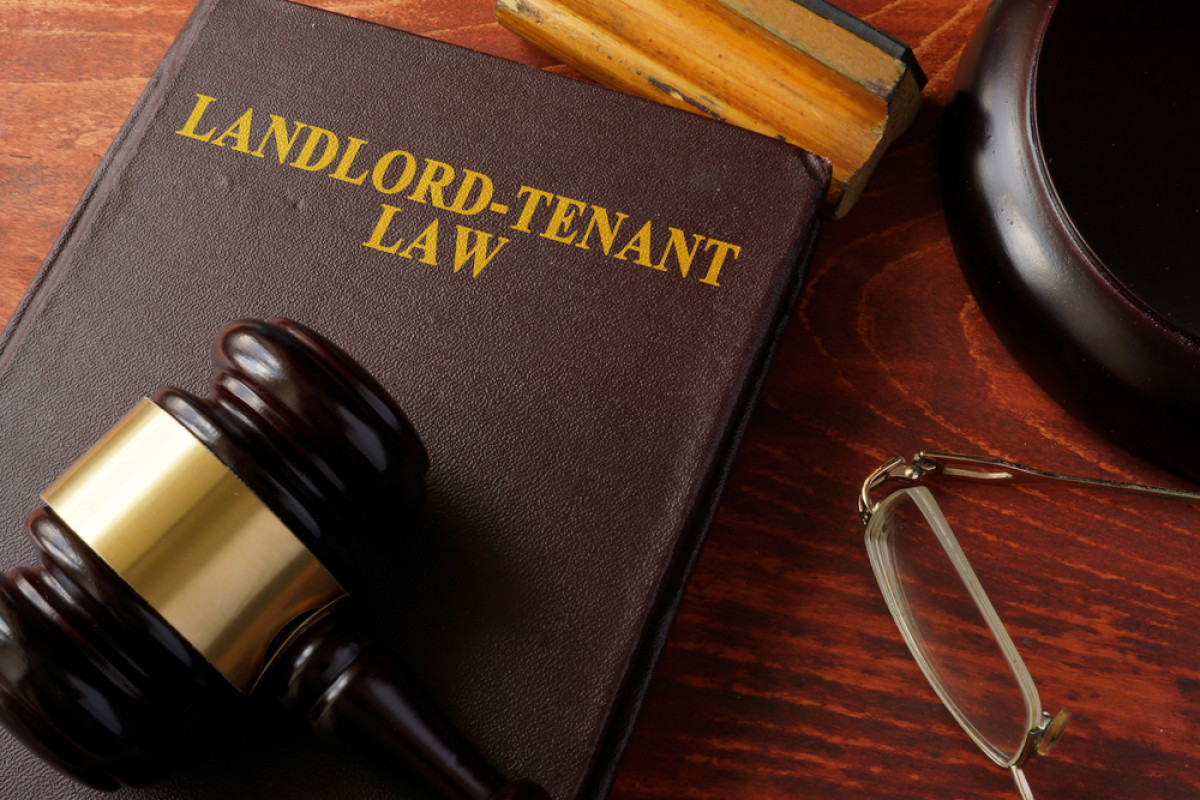Property Developer: A guide on the pitfalls to avoid as a Landlord
- Authors
-
-

Becoming a landlord for the first time last year, Clare Viner (Mortgages for Yacht Crew) went on a steep learning curve on the legalities involved when renting out properties and took away a valuable lesson in following the correct procedure from the outset.
Clare wanted to sell the property which she was renting, but the tenants had other ideas and didn’t want to move out! A Section 21, eviction notice had to be served. Since the changes to tenancy laws back in 2015 any errors in the process involved can put a halt on the possession claim. Unfortunately, in Clare’s case an error was made with the time it took to protect the tenant’s deposit. This invalidated the S21, and a lengthy and expensive court proceeding ensued.
To ensure you don’t find out the hard way, if/when you have to evict tenants, and potentially save £££’s in legal fees, make sure you follow the below steps and timelines to protect yourself:
1. Provide the tenant/s with a current copy of the 10 year Energy Performance Certificate (EPC), when letting information is given or at the viewing whichever is sooner, and before the tenant enters the property.
All properties need to have a rating of A-E. You can no longer rent a property with an EPC of F or G. (effective from 1st April 2018 on all new let and renewals of existing tenancies)
2. Provide the tenant/s with a current copy of the annual Gas Safety Certificate for the rental property before the tenant enters the property.
3. Provide the tenant with a current copy of the Government Booklet: How to rent: the checklist for renting in England This must be the latest available version at the time of letting and on a tenancy renewal.
4. Protect any Tenancy Deposit taken, plus serve the statutory information (s213 notice) and the scheme’s information leaflet within 30 days of receiving the deposit. Always get proof of service and remember that the statutory notice must provide reference to the clause in the tenancy agreement which spells out the circumstances under which money can be deducted from the deposit eg rent arrears, service changes, damage etc.
This applies to all new Assured Shorthold Tenancy agreements (AST’s) since 1st Oct 2015 and existing tenancies from 1st Oct 2018. In addition, If you get your tenants to sign a new AST agreement this is then treated as a new tenancy, so you will need to ensure those steps are followed before doing this.
It is up to you to prove that you did all of the above, so ensure you have proof like signed documents from your tenants.
If you would like further advice on obtaining a mortgage please click here to get in touch.
*Your House may be repossessed if you do not keep up with your mortgage repayments*